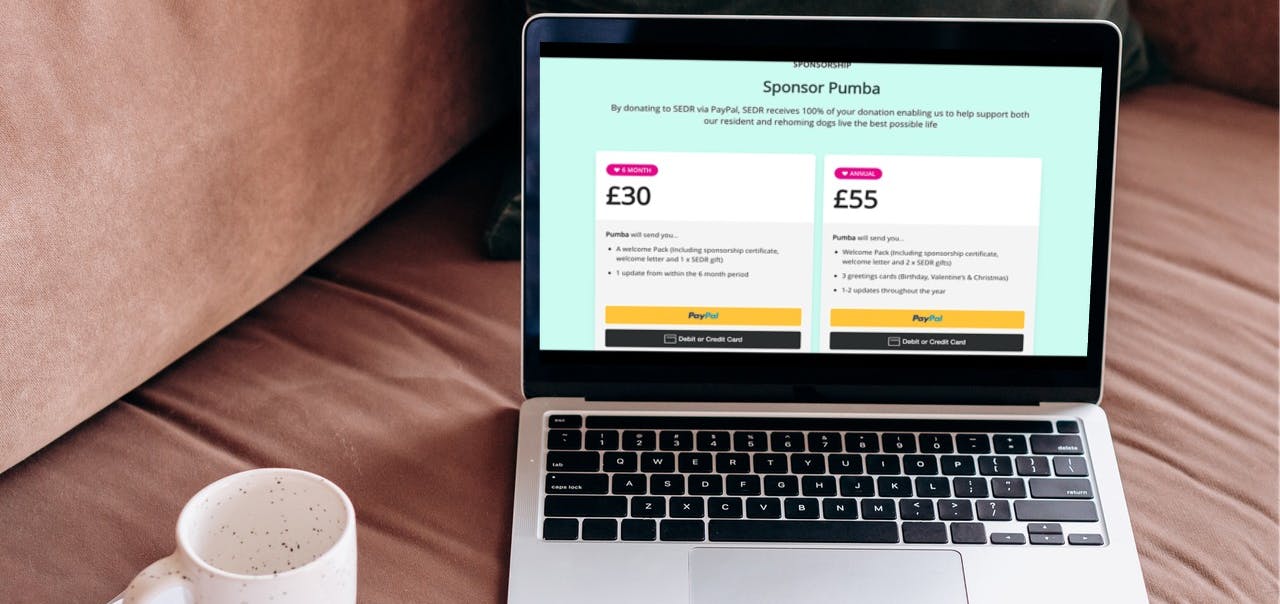Setting up Recurring PayPal payments

Nicki Lever


4 min read

Headings help users and search engines to understand your site content. Each heading is a signpost for the following content, allowing users to quickly scan the pertinent points to establish the purpose and relevance of the content to their needs. A heading should have a direct relation to the copy it's introducing but it's a tricky business to get the right balance. Get it right and you score both in your site's SEO and user engagement. If you do not have a professional web copywriter to hand, then it's worth understanding the importance of headings, and having a few of the fundamentals under your belt on how to appropriately use them.
Headings are visual signposts that guide users through a page and these signposts should indicate what the following section or paragraph is about. Without these visual cues, you are faced with a wall of content, not an inviting sight. Thinking of an old school newspaper, you'd scan the pages for articles that are relevant to your interests, headings on web pages serve exactly the same purpose. Within the sections under headings, you still need to format them in a way that is easy to digest, with paragraphs at a comfortable length of 3/4 sentences.
When you're thinking of your paragraphs - there are 2 rules.
A good heading hierarchy is important for your site accessibility as well. Headings are HTML, and therefore assistive technologies such as screen readers can understand and interpret the article as intended by the author. Users with screen readers can skip through and hear the headings within a page, and they will then be able to decide whether or not to read on.
Your site's accessibility has an impact on your site's SEO.
So whilst headings themselves do not affect your SEO, the indirect benefit of using headings ensures that text is easier to scan, and more digestible, making the whole page experience of higher quality.
When a user visits a page and cannot scan to see what they’re looking for, they’ll likely hot tail it back out of your site and look somewhere else for the answer. This hopping in and hopping out means you have a high bounce rate, and search engines use this metric to determine that your page doesn't give value to users and can apply a lower rating to your page.
So always use headings to add structure and visual signposts to your pages. When your headings convey what your article is about, search engines will understand your content, too.
When you’re editing a page, you’ll have the ability to apply a range of headings, starting from Heading 1 to Heading 6. These come in different sizes; moving from largest to smallest. Within the rendered HTML these are converted into heading tags; from <h1> to <h6>. Developers understand that a <h1> is a Heading 1, and vice versa it's useful for content writers to understand the coding convention happening behind the scenes.
Firstly, you should be limited to using one H1 heading on each page. This should be the name or title of the page. On this page, that’s Why headings are important. You can think of your H1 like you would think of the name of a book or a title of a report.
Then as you continue through the page use H2 to create subheadings (like the chapters) then drill down further with H3 and H4 tags to give headings to sections within. It's not common to get as far as H4 but you do have up to H6 if you have a really long, comprehensive page.
Remember to use a Keyphrase in the headings where possible. This will help your page rank for those topics. Since the headings should indicate the topic it makes sense that the keywords will appear in both places, just don't try to squeeze it in where it's not relevant or scattergun it through your content.
Never use Headings simply for formatting: If I could have a penny for every time a client has asked for bigger font on this bit I'd be swimming around like Scrooge McDuck.
As with everything in life, things pan out better when you work together. So if you are looking for a website support, updating a Shopify Theme, a fresh out of the box site or support with your Digital Strategy, you've come to the right place. We pride ourselves on our flexibility and honesty.
Why not get in touch?